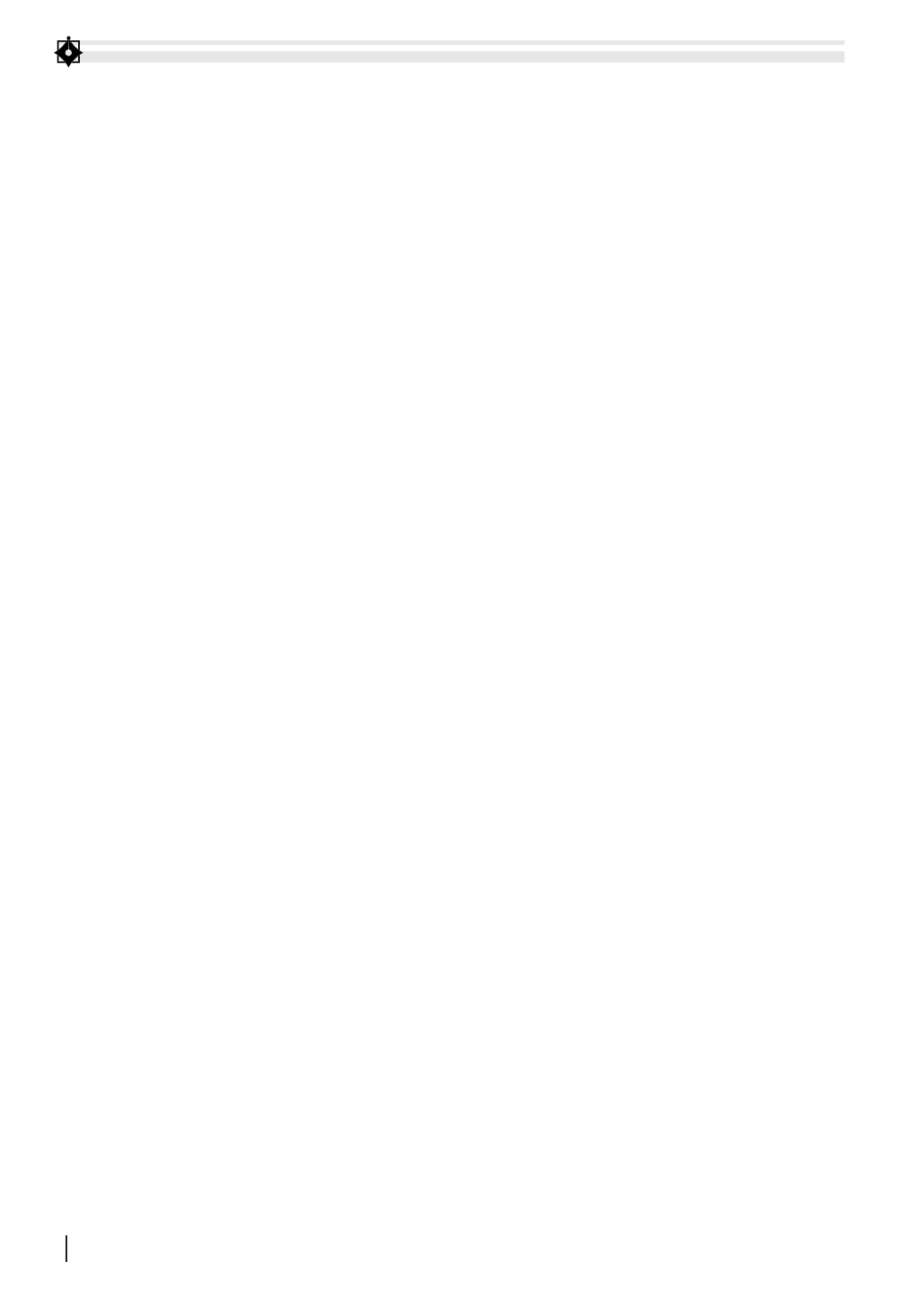
26
to supplement the resource-based approach by
conducting a quantitative audit which uses a credit
model (Mason and Roger, 1998). Organizations
are gradually striving to address the failure of
their resources to resolve unexpected conflicts by
seeking a portfolio approach (Richardson, 2002,
cited in Mureithi’s study, 2016).
Views of modern loan portfolio
Inthisstudy,theauthorstudieddebtmanagement
from the point of view of the modern portfolio
management(creditmanagement).Forthetraditional
debt management, interest income from loans is
considered as a very important revenue source. At
the same time, interest income plays an important
role in maintaining and increasing loans as a means
to build a good relationship with customers while
seeking more business opportunities. However,
in cases where credits are managed in a modern
approach, the lender (bank) executes the loan by not
only assessing the borrower’s creditworthiness but
also after considering the impacts of the borrower’s
creditworthiness on the overall portfolio risk/return.
Moreover, in some individual lending scenarios,
it is essential to estimating the return that can be
obtained if the collaterals sold in the market.
According to a research conducted by ANZ
bank in Australia, the general view of bank
managers considers the management of CRM
as a key to achieve the objectives of portfolio
management, which leads to good growth with
corresponding profit. Therefore, ANZ has a
reasonable risk management framework with
a structured and rigorous approach to achieve
this growth and profitability target. They used
RAROC method which is a quantitative approach
measuring the level of profitability taken into
account the risk factor. RAROC is not identical
with risk management; instead RAROC is one of
many tools that modern banks are using in risk
management. Derived from statistics, RAROC’s
conceptionof riskisdifferent fromtheconventional
view. According to RAROC, credit risk/bad debt
is the degree of fluctuation of net income (profit)
caused by volatility of loss on credit. ANZ applied
the RAROC as a method of calculating the loan
effectiveness. ANZ states that RAROC method
ensures that a loan is only approved when a loan
gives values to shareholders.
In addition, CRM refers to the system,
process and procedures that banks offer to
ensure the collection of customer payments
and minimize the risk of non-payment from
borrowers (Naceour and Goaied, 2003, cited in
Lillian, 2013). Again, two researchers affirmed
that CRM is one of the most important strategies
for managing the bank’s overall risks. However,
not all banks can successfully implement
CRM because small banks do not have skillful
staff to operate a credit management system
(Richardson, 2002).
While the profitability of large corporate loans
declined in the second half of the 1990s, credit
market liquidity increased which encouraged
commercial banks to view credit management as
an effective way to increase ROE (or shareholder
value). More specifically, they took bolder steps
to reduce loans to profitable large companies
within a clear CPM framework that was aware
of the cost of capital. At the same time, they
rapidly transferred management resources
to more profitable transactions in investment
banking sectors such as asset trading and
commission trading, retail sales to individuals,
mid-size companies and small and medium
businesses. This transformation in the business
model is attributed to top-down directives from
stakeholders’ value-conscious managers and
grounded in the advances in quantitative credit
risk techniques.
The implementation of this debt management
that follows the direction of credit portfolio
management will enhance profits. In recent
years, more frequent use of modern loan portfolio
is being made in a framework (Credit Transfer
Pricing). Accordingly, loans to large companies
by Marketing Departments are transferred to
the Credit Portfolio Management Departments
with reasonable values or theoretical values. In
these marketing segments, the credit market
view is used to set clear rules for the pricing of
new loans, and if the applied rate is lower than
the corresponding level, the benefits of other
economic benefits will be addressed. CPMs are
not only used to prevent credit risks, but they
must also increase profitability through market
activities and play a role in achieving high ROE
goals for the entire organization.


